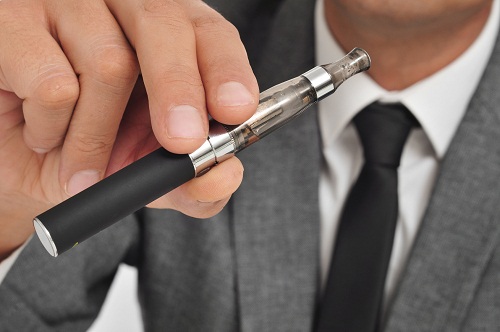Recently, the House Ways and Means Committee approved legislation that would make vaping products subject to the same excise tax as cigarettes. This isn’t the first time tobacco companies have seen a significant shift in taxation, and it certainly won’t be the last. Ever since the first indirect taxes were applied to tobacco more than a century ago, the industry has faced an ever-evolving array of complicated rules, rates and regulatory changes.
While most companies understand the complications these shifts in tobacco tax law can cause, many may remain unaware of just how complex excise taxation is becoming.
First, there’s the fact that tobacco is frequently taxed based on volumetric measurements — not just by packs and cartons, but by milliliters and ounces as well. As if those calculations weren’t enough for the vaping industry to contend with, they can vary drastically across states, counties, cities and municipalities.
In many states, for example, an entire e-cigarette starter kit may be subject to excise tax. In others, only the e-liquid is subject to excise tax while the pod or cartridge incurs sales tax. Some jurisdictions might tax vaping devices based on the wholesale prices; others may adopt legislation to tax by millimeter. It’s wildly diverse and can be tremendously confusing.
As the number of taxing jurisdictions putting vaping tax laws in place continues to rise, these discrepancies will become even more pronounced.
Meanwhile, in the wake of Wayfair v. South Dakota, selling vaping products online no longer frees manufacturers from the complexities of excise tax on vape and other tobacco products, or OTP. If an e-commerce seller meets economic nexus thresholds and is collecting sales tax, the company must now collect excise tax as well. With nexus varying by state, these implications add yet another layer of complexity.
Although many of the biggest, most established manufacturers have robust teams dedicated to managing these intricacies, growing brands are likely in need of tax guidance.
Those responsible for day-to-day tobacco tax calculation and compliance no doubt know how important it is to develop a basic understanding of various rules and rates as they evolve — as well as the tool sets to calculate them correctly. However, as the tobacco industry continues to innovate, there are other factors to consider.
For decades, countless jurisdictions have imposed new taxes to offset medical costs, fund anti-smoking campaigns and, in many cases, keep pace with the latest products.
The question to ask now is: What will the next generation of tobacco products be?
If there’s one guarantee when it comes to excise tax and tobacco, it’s that it will always be complex, and it will always change. Vaping is big news today, but more innovations are no doubt coming … just as they have been since the first cigarette was sold in the 19th century. As new products are introduced, regulators will be looking for new ways to keep pace.
Now more than ever, preparation is key. All it takes is one auditor asking questions, or one counterparty pushing back on an invoice, for a company to suddenly face a mountain of back taxes, penalties and fees because it missed a handful of new rules and rate changes.
Remaining ready for the ever-changing financial implications of tobacco tax will involve a few essential steps.
First, in a world where even seemingly small errors or changes can create excise tax liabilities, businesses will need to have processes in place to automate calculations.
Second, any system that’s adopted will need to be capable of not only simplifying and streamlining compliance within the current landscape, but updating content as well. It’s imperative that every new tax law, reporting regulation, form modification and legislative mandate is reflected quickly and precisely.
Last, constant changes mean that solutions should be built to scale as the company grows and the industry changes. As excise and associated sales tax complexities continue to escalate, preparation will become more essential than ever.